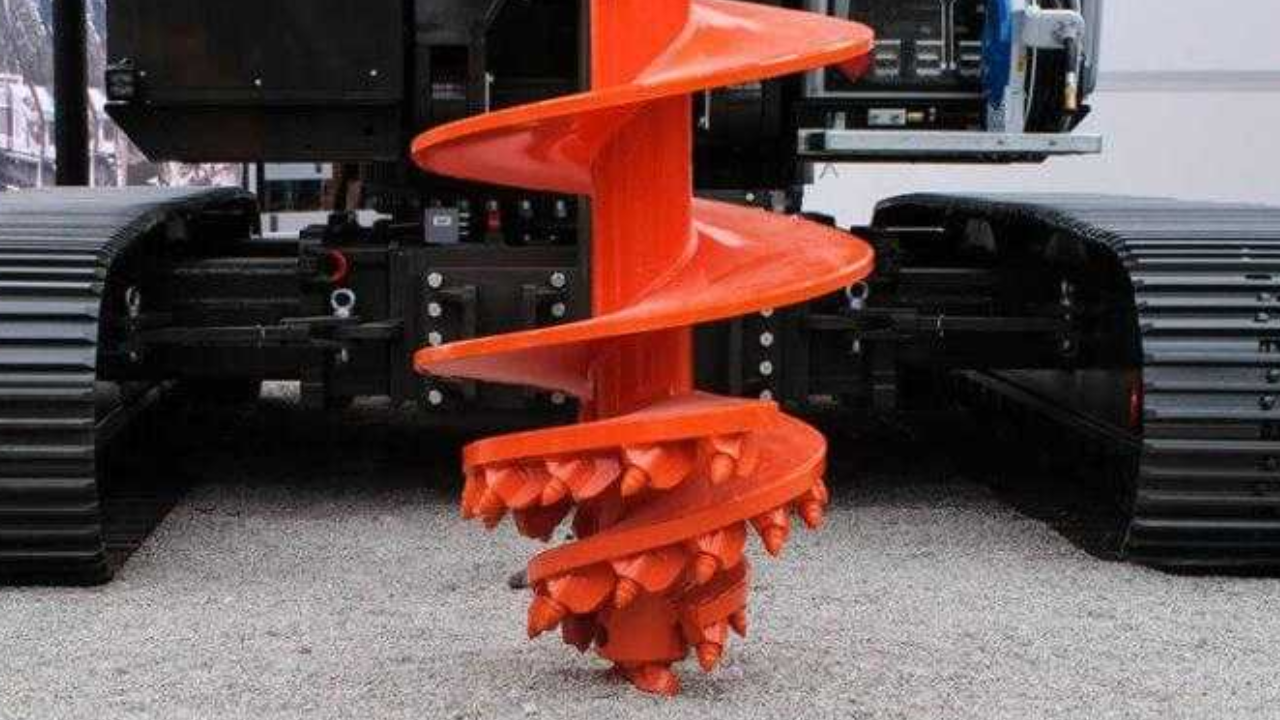Joe is a blogger who likes to share his life with others. He loves spending time with his family and friends, and he enjoys writing about his experiences. Lillian is a kind and caring person, and he wants to help others in whatever way he can.

Mining drill bits are cutting tools that are used in a variety of drilling applications to recover minerals and resources from the earth’s crust. These bits are typically built with numerous cutting elements, such as tungsten carbide inserts or polycrystalline diamond compact (PDC) cutters, and come in a variety of shapes and sizes to accommodate diverse geological conditions.
Drill rigs drive drill bits through rock formations by connecting them to drill strings. Roller cone bits, fixed cutter bits (PDC or natural diamond bits), and hybrid bits that combine aspects of both are common. The mining drill bit used is determined by characteristics such as rock hardness, abrasiveness, and drilling procedure. Efficient drill bits are critical for optimizing mining drilling operations.
Factors Influencing the Performance Of Mining Drill Bits
Mining drill bits are essential for extracting minerals and resources from the Earth’s crust. The efficiency and effectiveness of these drill bits have a significant impact on the overall success of mining operations. In this extensive article, we will analyze the various factors that influence the performance of mining drill bits, concentrating on how geological, operational, and design considerations all play vital roles in determining their efficacy and durability.
Geological Composition
The geological makeup of the rock or ore being drilled is a critical element influencing drill bit performance. Different rocks have variable hardness, abrasiveness, and structures, necessitating the use of specific drill bits. A diamond-impregnated bit, for example, may be more effective in hard formations, whereas softer forms may necessitate a different cutting mechanism.
Rock Hardness
The hardness of the rock formations encountered during mining operations has a direct impact on the selection of drill bits. Harder rocks demand stronger and more abrasion-resistant materials for the drill bit’s cutting components. Softer rocks, on the other hand, may allow the use of softer materials without sacrificing efficiency.
Abrasiveness of Materials
The abrasiveness of the materials being drilled has a major impact on drill bit wear. Abrasive materials, such as quartz or certain minerals, can hasten wear and lower drill bit lifespans. Abrasion-resistant materials and designs are essential for ensuring good drill bit performance.
Bit Design and Geometry
Mining drill bit design and geometry are critical to their performance. Drilling efficiency, stability, and the capacity to maintain a straight borehole are all influenced by factors such as the form of the bit, cutter configuration, and the arrangement of cutting parts. Bit design innovations are constantly aimed at improving performance and addressing unique issues in various mining applications.
Cutter Material and Coatings
The material used to make the drill bit’s cutting parts, also known as cutters or inserts, is critical. Because of their hardness and wear resistance, tungsten carbide and polycrystalline diamond compact (PDC) are popular materials. Furthermore, coatings such as diamond-like carbon (DLC) or tungsten carbide can improve the drill bit’s longevity and cutting ability.
Rotary Speed and Torque
The drill bit’s performance is directly affected by the rotating speed and torque applied to it. It is critical to adjust these parameters based on the individual geological conditions. Inadequate rotational speed or torque may result in slower drilling rates, while excessive forces may result in increased wear and probable drill bit damage.
Drilling Method
The drilling method used, whether rotary, percussive, or a combination of the two, influences the type of drill bit chosen and its performance. Percussive drilling, for example, is based on impact forces, requiring different bit designs than continuous rotary drilling. Factors such as rock hardness, depth, and intended drilling speed all influence the method of drilling used.
Drilling Parameters and Practices
Based on the geological conditions, operators must optimize drilling parameters such as bit weight, penetration rate, and drilling fluid pressure. Inadequately optimized parameters might result in inefficient drilling, increased wear, and increased energy consumption. Drill bit performance must be monitored and adjusted regularly throughout drilling operations.
Summary
Mining drill bit performance is influenced by a complex interaction of geological, operational, and design factors. Each component is important in determining drill bit efficiency and lifetime. Mining operations may choose, optimize, and maintain drill bits to achieve maximum performance, cost-effectiveness, and overall success when extracting precious resources from the Earth’s crust by understanding and carefully evaluating these variables.
